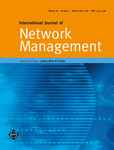Journal list menu
Export Citations
Download PDFs
ISSUE INFORMATION
RESEARCH ARTICLES
A service-agnostic method for predicting service metrics in real time
- First Published: 13 September 2017
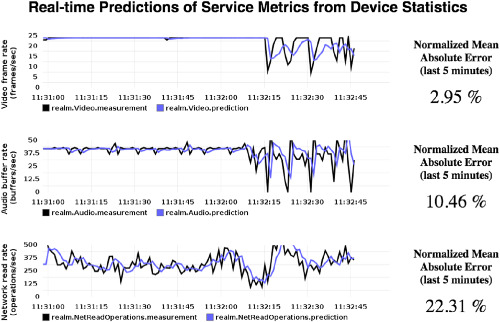
We collect device and network statistics from a cloud testbed and use statistical learning to predict client-side service metrics for video streaming and key-value store services. Our method predicts service metrics in real time, with mean absolute error below 16% for video frame rate and read latency. The method is service agnostic as it does not rely on service-specific metrics on the server side. We find that feature set reduction can improve prediction accuracy, while significantly reducing model computation time.
A scalable detection and prevention scheme for voice over internet protocol (VoIP) signaling attacks using handler with Bloom filter
- First Published: 31 August 2017
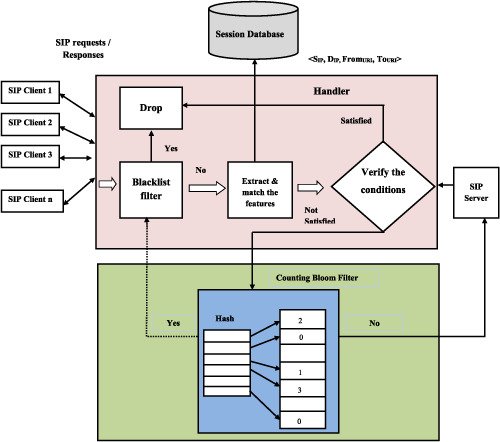
A two-tier model has been developed in this work that includes Handler and Bloom filter (HBF). The handler, in the first-tier, detects both flooding and fake signaling attacks. The Bloom filter, in the second-tier, prevents both attacks before reaching the victim. The two-tier model ensures the reliability and trustworthiness between the service provider and customer. Besides, it also provides billing information to a customer who made a call and duration of the call actually carried out. The experimental results show that the HBF results a reduced detection time of 9 seconds with reduced false positive (FP) or less than 1% and false negative (FN) of 0.002% and preserves the voice call quality during media conservation.
Automatic data aggregation for recursively modeled NFV services
- First Published: 25 September 2017
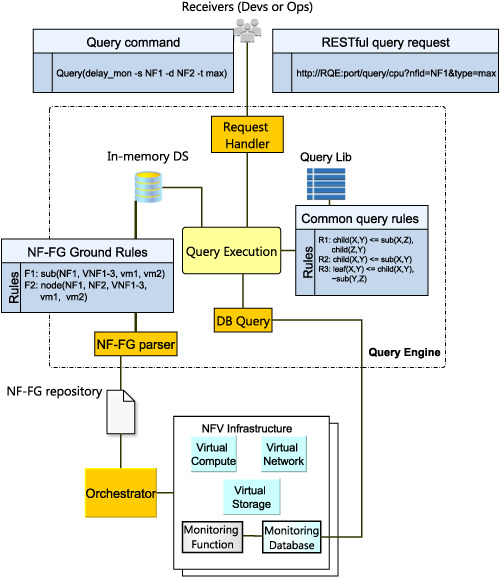
In this paper, we propose to use Datalog, a declarative logic programming language, to build a framework which supports efficient data aggregation for performance metrics of recursively modeled network services. We also describe the design and implementation of a proof-of-concept query engine utilizing the language. The experimental evaluation shows that the proposed query language and engine are practicable and effective in recursively retrieving performance metrics of NFV environments supporting large-scale service graphs and large numbers of query requests.
Effective behavior signature extraction method using sequence pattern algorithm for traffic identification
- First Published: 03 November 2017
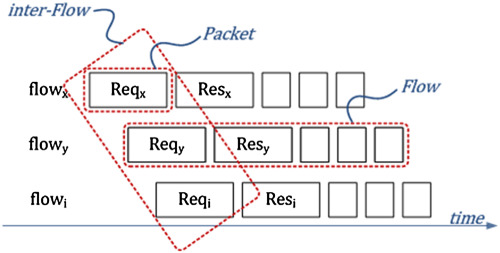
We propose a novel behavior signature extraction method using a sequence pattern algorithm. The proposed method can extract a signature regardless of the volume of input traffic because it excludes certain unsatisfactory candidates using a predefined support value during the early stage of the process.
ONVisor: Towards a scalable and flexible SDN-based network virtualization platform on ONOS
- First Published: 12 November 2017
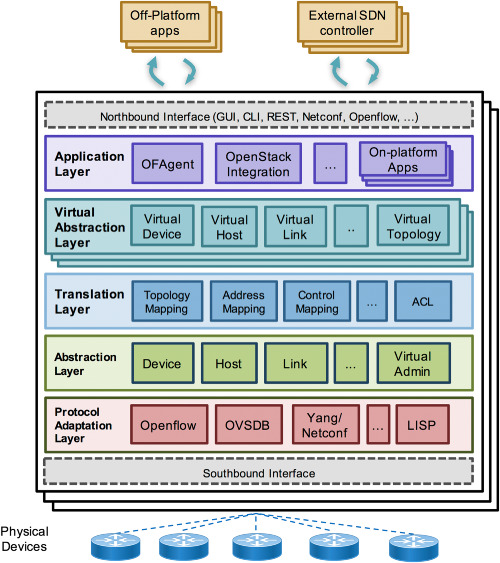
In this paper, a new network virtualization platform, named Open Network Hypervisor (ONVisor), is described. The main features of ONVisor are (1) isolated control and data plane per VN, (2) support of distributed operations, (3) extensible translators, (4) on-platform VN application development and execution, and (5) support of heterogenous SDN data-plane implementations.
Distributed dynamic load balancing with applications in radio access networks
- First Published: 29 November 2017
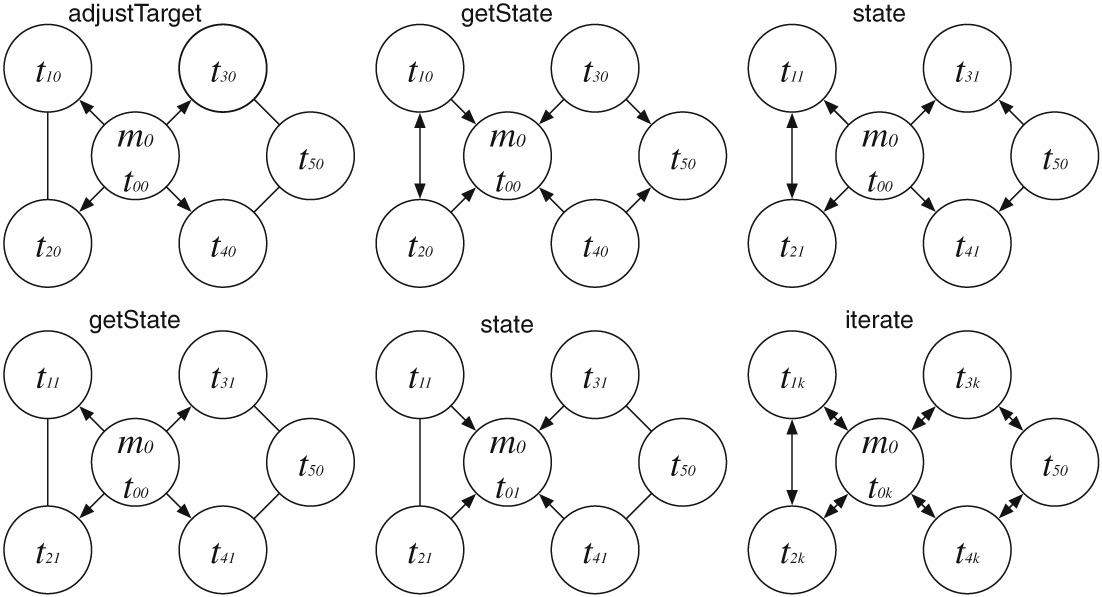
We present a general method to compute target values for an arbitrary metric on the local system state and show that autonomous rebalancing actions based on the target values can be used to reliably and robustly improve the balance for metrics based on probabilistic risk estimates. To balance the trade-off between balancing efficiency and cost, we introduce 2 methods of deriving rebalancing actuations from the computed targets that depend on parameters that directly affects the trade-off.




